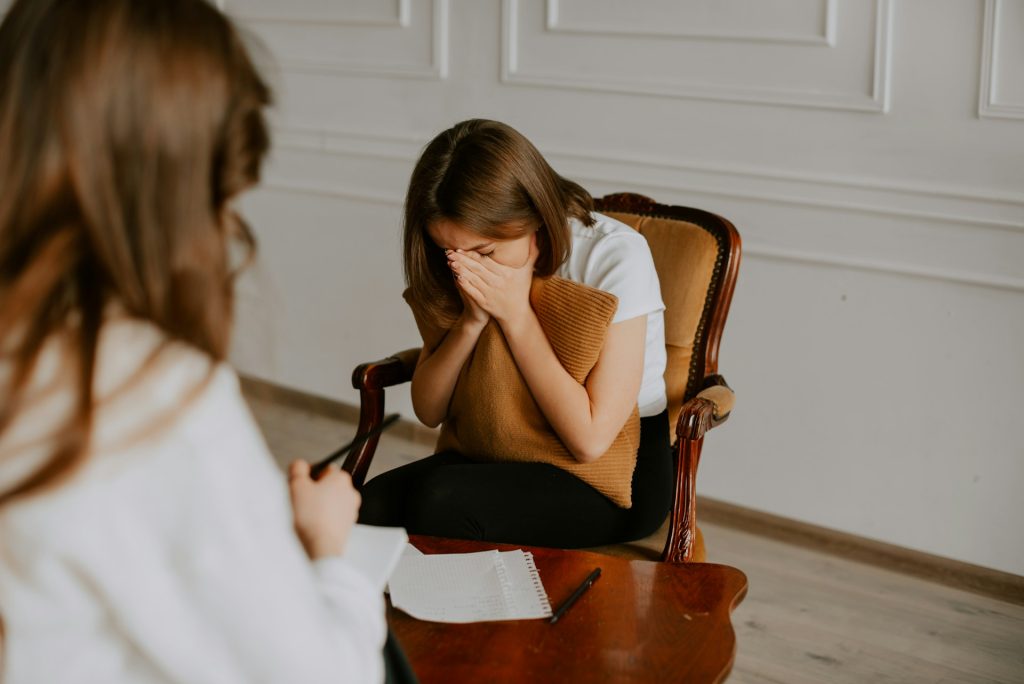Grief comes with waves of emotions that don’t follow a fixed pattern. It affects how you think, how you move, and even how your body feels on a day-to-day basis. For many, the idea of working out while grieving feels far from doable. Exercise might seem draining, or like it doesn’t matter anymore. But movement, even small amounts, can actually help your body and mind work through the weight of loss.
Staying active during a period of grief isn’t about pushing through or blocking out feelings. It’s about gently reconnecting with yourself when everything around you seems to have shifted. Some find comfort in walking, stretching, or simply showing up for a light workout. Personal trainers in Phoenix understand that grief has real effects on the body—and they’re skilled in helping people regain a bit of balance at a time when structure often disappears.
Understanding Grief-Related Exercise Barriers
Grief doesn’t clock in and out. It can hang around your shoulders or hit you out of nowhere. That’s why getting back to movement after a loss comes with real barriers—ones that can’t always be solved by motivation alone.
Here are a few common ways grief can make exercise feel harder:
– Low motivation and mood shifts: Exercise can feel pointless or exhausting when you’re drained. Grief pulls at your energy levels and focus, especially when sleep and eating patterns are off.
– Physical symptoms of grief: Some people experience a tight chest, sore muscles, headaches, or fatigue. These aren’t made up—they’re real responses to emotional pain—and they make physical activity more difficult.
– Withdrawing from social spaces: Gyms, fitness classes, and even outdoor group events may suddenly feel too loud or too public. If you’re not feeling yourself, it’s easy to step away from spaces that once felt welcoming.
An example that’s easy to relate to: someone who once enjoyed their morning walk might find the route too quiet now, or too filled with memories. The act of walking isn’t what feels hard—it’s the memories and weight that show up while doing it. That’s when exercise becomes more than just physical. The mental load starts to shape the experience, too.
Everyone moves through grief differently. There’s no right pace or checklist that works for everyone. That’s why understanding these blocks is the first step in shaping routines that feel more like support than obligation.
How Personal Trainers in Phoenix Can Help
Personal trainers used to be all about reps, sets, and sweat. These days, the good ones bring more to the table—especially when working with someone who’s grieving. They focus less on performance and more on connection. The human side of training becomes just as important as the exercises themselves.
A thoughtful personal trainer can:
– Plan around how you’re feeling from day to day
– Adjust sessions to energy levels without making you feel like you’re falling behind
– Use movement to help reconnect your body and mind gently
– Keep track of progress in ways that focus on consistency instead of pushing limits
You don’t have to dive into an intense routine. Many trainers in Phoenix start with light body movements, breathing work, or stretches that reduce tightness. They might check in with you before each session to see where you’re at—physically and emotionally.
There’s also real value in being seen during a time that can feel so isolating. Even small sessions that last 20 minutes can help create structure. For someone grieving, showing up for a session might be the first routine they’ve kept in weeks. And being met with support, not pressure, can be powerful.
Grief doesn’t always go away—it changes shape. The right support during workouts helps make sure that movement continues to feel possible, even when everything else feels uncertain. With the right trainer, staying active becomes less about fitness and more about healing, one step at a time.
Practical Strategies for Moving Past Exercise Barriers
When energy is low and emotions run high, setting big goals can feel like too much. That’s why simple strategies can make a huge difference. They aren’t about transforming your body. They’re about keeping you connected to it.
Here are a few ways to ease back into physical activity when grief feels heavy:
– Start small and be honest with yourself. Even a 10-minute walk or gentle stretching counts. Waiting for motivation doesn’t always work. But starting, even when it feels hard, can help shift your mindset.
– Let go of rigid schedules. Some days will feel better than others. Build flexibility into your week. Maybe it’s a walk on Monday, a short workout on Wednesday, and a rest day on Friday. It doesn’t have to be perfect to be helpful.
– Include breathing or mindfulness techniques during or after movement. Slowing your breath can help calm your nervous system. This kind of focus can also help you stay grounded, especially on tough days.
– Keep track of what feels good. You can use a notebook or just make a mental note. If a certain stretch felt comforting or a short bike ride lifted your mood, that’s worth returning to.
These strategies aren’t about pushing forward in big leaps. They support progress by focusing on how you feel, not just what you achieve. It’s less about the workout and more about reconnecting with your body over time.
Utilizing Community and Resources in Phoenix
Phoenix offers more than just warm weather and clear skies. It’s full of outlets that can support the healing process in simple but meaningful ways. Even when you’re not ready for formal classes or big social spaces, just being around others can help break the fog that grief brings.
Outdoor spaces in Phoenix, like Papago Park or South Mountain Preserve, offer walking paths, open trails, and spots to sit and breathe. Being outdoors doesn’t demand interaction but reminds you that life is still moving. The desert landscape brings quiet moments that can comfort—not overwhelm.
Local resources can also support healing. Phoenix offers grief-related support groups that meet in small communities, libraries, and other local spaces. While they’re not fitness-focused, they can build connection and lay the emotional groundwork for getting back into movement.
Connecting with fitness communities might feel like a big step, especially when you’re missing someone deeply. But some people find that group activities, even informal ones, can lessen that feeling of being alone. Whether it’s a walking meetup or light yoga in a park, it gives grief less room to take up the whole day.
Building a New Routine Post-Grief
When you’re ready to return to more structure, the goal isn’t to go back to who you were before. It’s about building something new that works for where you are now. That version may be slower, softer, or more intentional—but it can still be strong.
To build a steady routine that supports healing:
– Choose 2 or 3 movement-based activities you like, or at least don’t dread. Start with those.
– Plan movement at the time of day when you usually feel your best, whether it’s morning or late afternoon.
– Consider working with someone who can adjust the plan as you grow or when emotions come in waves.
– Create days where the only goal is to show up—and that showing up is celebrated.
– Avoid comparing this routine to whatever you had before your loss.
Grief doesn’t come with a marker telling you when it’s time to be okay. But moving, little by little, helps you create new rhythms. The small steps you take through movement lead to strength—not just in your body, but in your capacity to meet the day.
Some days, just putting on workout clothes or driving to the park can be the win. Other times, you might find yourself pushing a little harder without even realizing it. The point is to meet yourself where you are and move from there.
The process of rebuilding takes time. You’re not falling behind—and you’re not doing it wrong if it doesn’t look like anyone else’s journey. What matters is that your routine fits your life now and gives you something to hold onto, even if it’s just one short walk at a time.
If you’re looking for a gentle and personalized way to reintroduce movement into your life, our personal trainers in Phoenix can help you create routines that support both emotional and physical healing. At Eightlimfit, we’re here to meet you where you are and walk with you toward better wellbeing.

